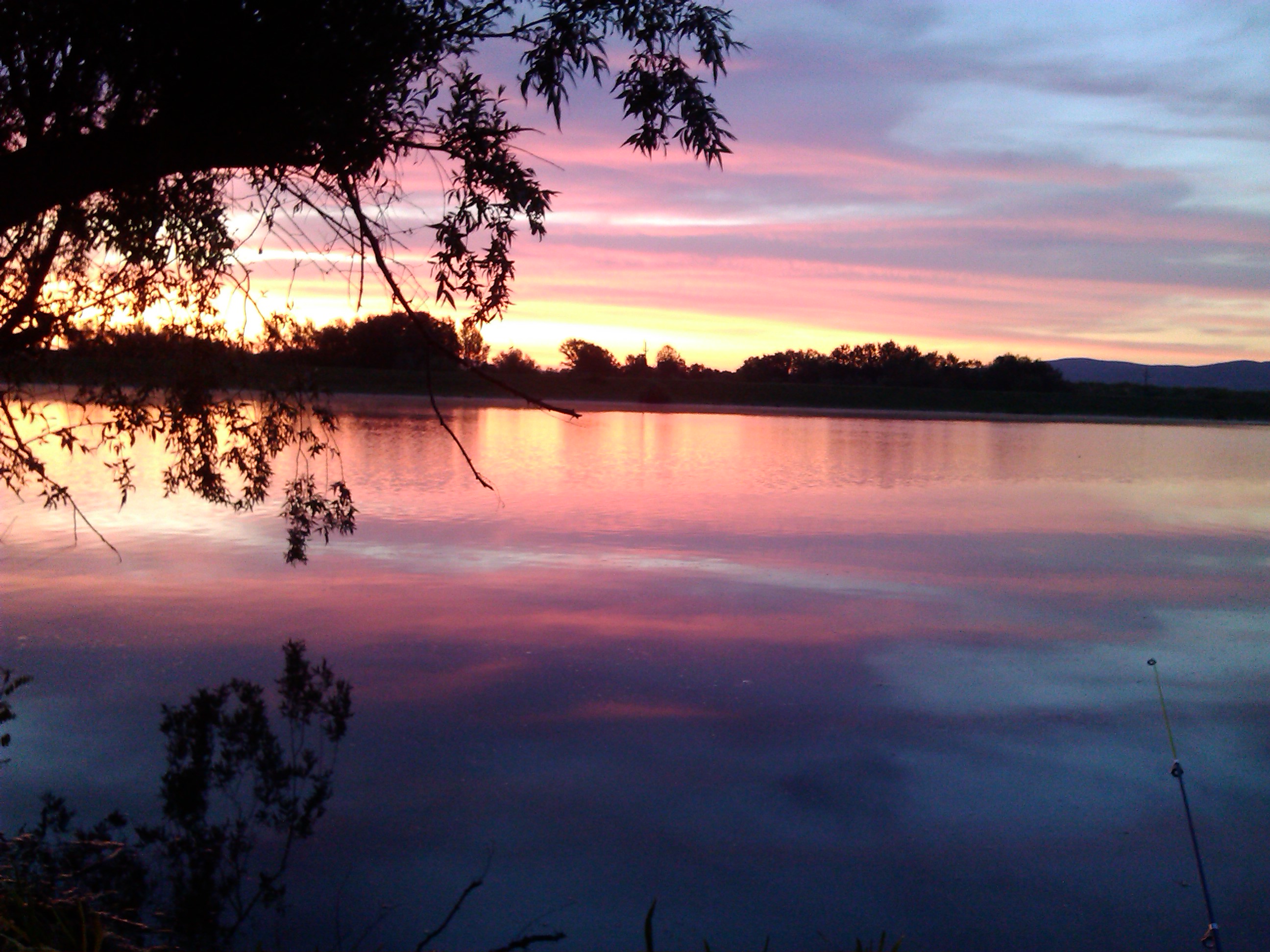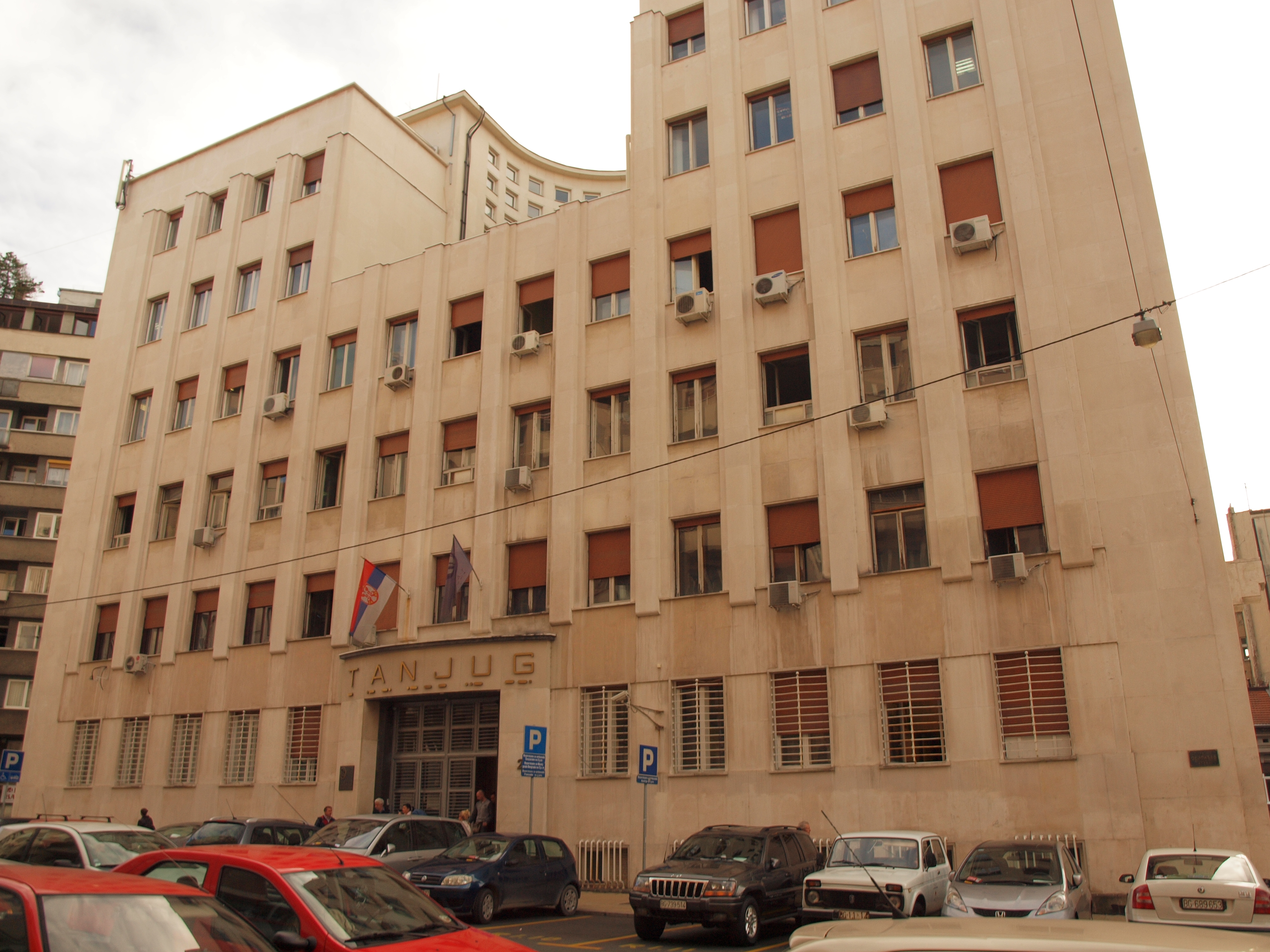|
Nera River, Banat
The Nera ( ro, Nera, sr, Nera or Нера, hu, Néra) is a river running through Romania and Serbia. It is a left tributary of the Danube, which it joins near Banatska Palanka. Its length is and its basin size is (Black Sea drainage basin). The Nera is not navigable. Romania The Nera rises in the Semenic mountains, the easternmost part of the Banat region, south of the city of Reșița, in the Caraș-Severin County of Romania. Its source is near the mountain resort Semenic, from where it flows south. Its uppermost part, upstream from the confluence with the Nerganița, is also called ''Nergana''. Reaching the village of Borlovenii Vechi, the Nera turns southwest, flowing between the Semenic and Banat Mountains. In this section, the Nera receives its left tributary, the Rudăria, and passes next to many villages (Prilipeț, Dalboșeț, Moceriș), until it reaches Șopotu-Nou, where it sharply turns to the northwest, still curving around the Semenic mountains. It passes ne ... [...More Info...] [...Related Items...] OR: [Wikipedia] [Google] [Baidu] |
Romania
Romania ( ; ro, România ) is a country located at the crossroads of Central Europe, Central, Eastern Europe, Eastern, and Southeast Europe, Southeastern Europe. It borders Bulgaria to the south, Ukraine to the north, Hungary to the west, Serbia to the southwest, Moldova to the east, and the Black Sea to the southeast. It has a predominantly Temperate climate, temperate-continental climate, and an area of , with a population of around 19 million. Romania is the List of European countries by area, twelfth-largest country in Europe and the List of European Union member states by population, sixth-most populous member state of the European Union. Its capital and largest city is Bucharest, followed by Iași, Cluj-Napoca, Timișoara, Constanța, Craiova, Brașov, and Galați. The Danube, Europe's second-longest river, rises in Germany's Black Forest and flows in a southeasterly direction for , before emptying into Romania's Danube Delta. The Carpathian Mountains, which cross Roma ... [...More Info...] [...Related Items...] OR: [Wikipedia] [Google] [Baidu] |
Vračev Gaj
Vračev Gaj () is a village in Serbia. It is situated in the Bela Crkva municipality, in the South Banat District, Vojvodina province. The village has a Serb ethnic majority (94.57%) and a population of 1,568 (2002 census). Name In Serbian, the village is known as ''Vračev Gaj'' (Врачев Гај), in Hungarian as ''Varázsliget'', and in Croatian as ''Vračev Gaj''. Historical population *1961: 2,250 *1971: 2,145 *1981: 2,040 *1991: 1,870 *2002: 1,568 See also *Bela Crkva lakes *List of places in Serbia *List of cities, towns and villages in Vojvodina This is a list of cities, towns and villages in Vojvodina, a province of Serbia. List of largest cities and towns in Vojvodina List of urban settlements in Vojvodina List of all urban settlements (cities and towns) in Vojvodina with populati ... References *Slobodan Ćurčić, Broj stanovnika Vojvodine, Novi Sad, 1996. External linksVračev Gaj Populated places in Serbian Banat Populated places in South B ... [...More Info...] [...Related Items...] OR: [Wikipedia] [Google] [Baidu] |
Naidăș
Naidăș ( hu, Néranádas) is a commune in Caraș-Severin County, western Romania with a population of 1314 people. It is composed of two villages, Lescovița (''Néramogyorós''; sr, Лесковица) and Naidăș. Naidăș is the site of a border crossing with Serbia. The village of Kaluđerovo is on the opposite side. Natives * Radenko Stanković Radenko Stanković (April 26, 1880 – December 5, 1956) was Regent of Yugoslavia for the underage Peter II from 1934 to 1941, alongside Prince Paul, the head of the regency, and Ivo Perović. The son of a priest, he was born in Néramogyor� ... References Communes in Caraș-Severin County Localities in Romanian Banat Romania–Serbia border crossings {{Romania-stub ... [...More Info...] [...Related Items...] OR: [Wikipedia] [Google] [Baidu] |
Sasca Montană
Sasca Montană ( hu, Szászkabánya) is a commune in Caraș-Severin County, western Romania Romania ( ; ro, România ) is a country located at the crossroads of Central Europe, Central, Eastern Europe, Eastern, and Southeast Europe, Southeastern Europe. It borders Bulgaria to the south, Ukraine to the north, Hungary to the west, S ... with a population of 1887 people. It is composed of five villages: Bogodinț (''Bogorfalva''), Potoc (''Potok''), Sasca Montană, Sasca Română (''Szászka'') and Slatina-Nera (''Néraszlatina''). References {{DEFAULTSORT:Sasca Montana Communes in Caraș-Severin County Localities in Romanian Banat Mining communities in Romania ... [...More Info...] [...Related Items...] OR: [Wikipedia] [Google] [Baidu] |
Șopotu Nou
Șopotu Nou ( hu, Újsopot, german: Neuschopot) is a commune in Caraș-Severin County, western Romania with a population of 1456 people. It is composed of ten villages: Cârșa Roșie (''Kersia Rosie''), Driștie, Poienile Boinei, Ravensca ( cs, Rovensko; hu, Ravenszka, from 1911 to 1918 ''Almásróna''), Răchita (''Rekettyő''), Stăncilova (''Sztancsilovapuszta''), Șopotu Nou, Urcu (''Urku''), Valea Răchitei (''Rakittapuszta'') and Valea Roșie (''Rosievölgy''). Villages Ravensca Ravensca is one of six Czech-inhabited villages in Romania's Banat Banat (, ; hu, Bánság; sr, Банат, Banat) is a geographical and historical region that straddles Central and Eastern Europe and which is currently divided among three countries: the eastern part lies in western Romania (the counties of T .... It is located on a hill at an altitude of ''ca.'' 750 m above sea level and about 7 km southeast of Șopotu Nou village. Of the six Czech villages in the Banat, Ravensca is loc ... [...More Info...] [...Related Items...] OR: [Wikipedia] [Google] [Baidu] |
Dalboșeț
Dalboșeț ( hu, Dalbosec) is a commune in Caraș-Severin County, western Romania with a population of 1,919 people. It is composed of seven villages: Bârz, Boina, Boinița, Dalboșeț, Prislop, Reșița Mică (''Kisresica'') and Șopotu Vechi (''Ósopot''). Șopotu Vechi has many old water mills built on the Șopotu river, a tributary of the Nera Nera may refer to: People * Nera Smajic (born 1984), Bosnian-born Swedish footballer * Nera Stipičević (born 1983), Croatian actress * Nera White (1935–2016), American basketball player * André António Ribeiro Novais (born 1988), Portugue ... river. It was there that Iosif Traian Bădescu, a future bishop of Caransebeș, was born in 1858. References {{DEFAULTSORT:Dalboset Communes in Caraș-Severin County Localities in Romanian Banat Place names of Slavic origin in Romania ... [...More Info...] [...Related Items...] OR: [Wikipedia] [Google] [Baidu] |
Bozovici
Bozovici ( hu, Bozovics; german: Bosowitsch; cs, Božoviče) is a commune in Caraș-Severin County, western Romania with a population of 2,924 people. It is composed of four villages: Bozovici, Poneasca (''Ponyászkatelep''), Prilipeț (''Prilipec''), and Valea Minișului (''Ménesvölgy''). The commune is located in the south-central part of the county, southeast of the town of Anina, and from the county seat, Reșița. It lies on the banks of the river Nera; the river Miniș discharges into the Nera in Valea Minișului village. Izvorul Bigăr (or, the Bigăr Waterfall) is a protected area situated on the administrative territory of Bozovici, in the Nera Gorge-Beușnița National Park. Also located on the territory of the commune is the Bozovici coal mine. This is an underground mining exploitation, one of the largest of its kind in Romania. Natives * Nicolae Osmochescu Nicolae Osmochescu (born 12 November 1944) is a professor of international law at Moldova State Univers ... [...More Info...] [...Related Items...] OR: [Wikipedia] [Google] [Baidu] |
Prigor
Prigor ( hu, Prigor) is a commune in Caraș-Severin County, western Romania with a population of 2,978 people. It is composed of five villages: Borlovenii Noi (''Újborlovény''), Borlovenii Vechi (''Óborlovény''), Pătaș (''Nérapatas''), Prigor and Putna. Natives * Anton Golopenția Anton Golopenția (May 12, 1909 – September 9, 1951) was an Austro-Hungarian-born Romanian sociologist. Biography Beginnings, education and early career Born in Prigor, Caraș-Severin County, his father Simion was a lawyer originally from Pe ... References {{Authority control Communes in Caraș-Severin County Localities in Romanian Banat ... [...More Info...] [...Related Items...] OR: [Wikipedia] [Google] [Baidu] |
Politika
''Politika'' ( sr-Cyrl, Политика; ''Politics'') is a Serbian daily newspaper, published in Belgrade. Founded in 1904 by Vladislav F. Ribnikar, it is the oldest daily newspaper still in circulation in the Balkans. Publishing and ownership ''Politika'' is published by Politika novine i magazini (PNM), a joint venture between Politika AD and ''East Media Group''. The current director of PNM is Mira Glišić Simić. PNM also publishes: *''Sportski žurnal'' *'' Politikin zabavnik'' *'' Svet kompjutera'' *''Ilustrovana politika'' *''Bazar'' Editorial history *Vladislav F. Ribnikar (1904–1915) *Miomir Milenović i Jovan Tanović (1915–1941) *Živorad Minović (1985–1991) *Aleksandar Prlja (1991–1994) *Boško Jakšić (1994) *Dragan Hadži Antić (1994–2000) *Vojin Partonić (2000–2001) *Milan Mišić (2001–2005) *Ljiljana Smajlović (2005–2008) *Radmilo Kljajić (2008) *Dragan Bujošević (2008–2013) *Ljiljana Smajlović (2013–2016) *Žarko Rakić (2016- ... [...More Info...] [...Related Items...] OR: [Wikipedia] [Google] [Baidu] |
Radio Television Serbia
Radio Television of Serbia ( sr-Cyrl, Радио-телевизија Србије, sr-Lat, Radio-televizija Srbije, italics=yes; abbr. RTS/PTC) is Serbia's public broadcaster. It broadcasts and produces news, drama, and sports programming through radio, television and the Internet. RTS is a member of the European Broadcasting Union. Radio Television of Serbia has four organizational units - radio, television, music production, and record label (PGP-RTS). It is financed primarily through monthly subscription fees and advertising revenue. History Radio Belgrade (1929–1958) Radio Belgrade began its broadcasts in 1929. The first news announcer in 1929 was Jelena Bilbija. The first radio program in Serbia was broadcast in February 1929, when released radio signal was transmitted from the transmitter in Belgrade suburb of Rakovica. After five years, on 24 March 1929 Radio Belgrade began with regular broadcasting of its program from the building of the Serbian Academy of Sciences ... [...More Info...] [...Related Items...] OR: [Wikipedia] [Google] [Baidu] |
Tanjug
Tanjug (/'tʌnjʊg/) ( sr-cyr, Танјуг; sometimes stylized as TANJUG) was a Serbian state news agency based in Belgrade, which officially ceased to exist in March 2021. Since then, Belgrade based private company Tanjug Tačno, acquired the rights to use the intellectual property rights and trademarks of the former agency. History Founded on 5 November 1943 as Yugoslavia's official news agency, its name is an acronym of its full original native name '' Telegrafska agencija nove Jugoslavije'' ("Telegraphic Agency of New Yugoslavia"). From 1975 to the mid-1980s, Tanjug had a leading role in the Non-Aligned News Agencies Pool (NANAP), a collaborating group of news agencies of the Non-Aligned Movement (NAM). Tanjug professionals helped equip and train journalists and technicians of state media in other NAM countries, mainly in Africa and South Asia. On 31 October 2015, according to media reports, Tanjug ceased its operations due to financial problems. Soon after, state secreta ... [...More Info...] [...Related Items...] OR: [Wikipedia] [Google] [Baidu] |
Iron Gate I Hydroelectric Power Station
The Iron Gate I Hydroelectric Power Station ( ro, Porțile de Fier I, sr, Ђердап I/Đerdap I) is the largest dam on the Danube river and one of the largest hydro power plants in Europe. It is located on the Iron Gate gorge, between Romania and Serbia. The Romanian side of the power station produces approximately annually, while the Serbian side of the power station produces . The discrepancy in power output between the two halves is due to the generating equipment. While Romania's equipment is newer and thus more efficient (thereby generating more power), it is proving more unreliable; resulting in increased downtime for maintenance/repairs, and consequently lower annual power output overall. History The project started in 1964 as a joint-venture between the governments of Romania and Yugoslavia for the construction of a major dam on the Danube River which would serve both countries. At the time of completion in 1972, it was the 10th largest hydroelectric power stations ... [...More Info...] [...Related Items...] OR: [Wikipedia] [Google] [Baidu] |




